|
I had a great two hour session today at a great school called Leamington Community Primary School in Liverpool. This Y6 workshop with a group of mixed ability children lasted two hours from 1pm to 3pm. I thought I would share what we did because I really enjoyed myself and the children enjoyed the challenge too. The aim of the lesson was to create a piece of writing that was both mysterious and filled with tension, based on a fairytale which the children were familiar with, Little Red Riding Hood.
I then modelled building interesting sentences using the language before the children practised and then shared their new sentences. We discussed how language could effect the atmosphere and mood of the piece so children set about creating new sentences using language such as rotting, decayed and shrouded for effect.
In order to enable the pupils to create a great opening sentence and get their narrative off to a great start I use 'Slow Writing' which is a method developed by David Didau @learningspy (read more here) The prompts are shown below. In this two hour session I do not do a modelled write but briefly discuss each sentence with the group. Discussing points such as what would be a good emotion to use, which verbs are more powerful? Click to enlarge these images of the opening paragraphs. You can see that they have attempted to use the 'Slow Writing' prompts to varying degrees of success. Once children had completed their opening paragraphs we watched the second part of the film stimulus.
These short paragraphs were then written independently following the discussion. Some more freedom to write rather than the show writing technique.
This was a long session but we did try to fit a lot in. These last paragraphs possibly suffered due to time running out on us. The class teacher is going to revisit and redraft these in school later. I wanted to demonstrate the process of scaffolding at the beginning and the gradual (usually) removal of those scaffolds in order to complete the narrative. Thank you for reading, I welcome your comments and questions. Cheers Rob If you would like Literacy Shed in your school please visit www.literacyshed.com/cpd 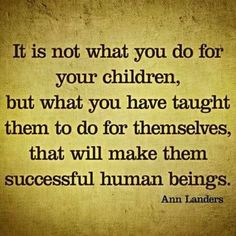 As I travel around schools I am asked about independent and how independent writing should be. There are many different interpretations of 'independent' writing in schools which has been demonstrated on our Facebook and Twitter pages this week. The range is terrifying. I have spoke to teachers where no independent writing takes place, although staff think what they are delivering is independent writing. I have also spoken to teachers in schools in which independent writing is forced upon children at regular intervals whether they can do it or not! I looked for governmental guidelines and found the following on the assessment guidelines from 2014. (Tap to englarge) It clearly states what independent writing is and how there must be evidence of it in order to give a level or an assessment. It doesn't clearly explain though what independent writing actually is. One phrase I often here is 'Independent at the point of writing.' This is often used when teachers build up to a piece of writing and then tell the children to complete an extended piece based upon their learning, the phrase 'Hot writing' seems to becoming more and more prevalent too. However, if some schools are asking children to only write cold pieces for assessment and other schools are allowing teachers to have a lot of input immediately prior to the writing outcome are the children all on a level playing field? The question is perhaps then how do we teach skills and then assess them afterwards? The answer maybe is a gap, a gap between the taught skills and then assessing them. The length of this gap depends on the age of the child.
I would love to hear your views on this, please share them in the comments below.
Many Thanks Rob
Past and Present
I had poor experiences of art whilst at secondary school. If your drawing wasn’t up to scratch you were branded a failure (or made to feel like one!) That was fine though – it was only art – you only had to do it until the end of year 8. Fast-forward 9 years and I was sitting in a warm classroom on Avenue Campus, University of Northampton muddling through a BA Primary Ed with QTS, within which I had 12 hours of lectures for each of the foundation subjects. It was during one of these lectures that I said to my lecturer. “I hate art!” I expanded (obviously) to offer my opinion on art, specifically modern art, which most 5 year olds could match ability wise! The art at university wasn’t all about drawing though it was more about stories. Stories in the images and the stories behind the images. I may have not liked art – but I loved stories! Rose, my lecturer, took me on a journey – both literal and metaphorical – through art. We visited Tate Britain and Tate Modern and I found out that behind every great picture there was a story, either about what the painting contained, about the method used to paint it or about the painter themselves. That was it I was hooked. A bit like how I got hooked on poetry whilst studying for my A Levels. Especially the metaphysical poets like John Donne. The Flea got me – read through that poem as an 18 year old rugby playing lad and it has little meaning. It sucked me first, and now sucks thee, And in this flea our two bloods mingled be; These two lines don’t suggest love to an adolescent mind BUT read it again when a great teacher telling you what everything means and it becomes a great story. A man lay in bed with his lover, he points out a flea and tells her that what she is denying him is happening inside the flea. Their bloods are ‘mingled.’ At this point his lover tries to kill the flea and he tries to persuade her not to but she does. Even after this cruel act he turns the event into his favour, once again trying to persuade her to sleep with him. This was exactly the effect that visiting the London galleries with an expert had on me. I remember ‘Second Version of Triptych 1944’ by Francis Bacon, pictured.
All of the above are good stories and even Van Gogh’s ear slicing tale pales into insignificance if the stories about my favourite artists are to be believed.
The stories told about The Pre Raphaelite brotherhood are legendary, many of the group lived in London, in and among the gin dens and brothels that plagued the city in that era. Many of their relatives, friends and neighbours acted as models for their pictures. In Millais’ ‘Christ in the house of his parents’ we see, according to Charles Dickens, an ugly Mary, based on Millais’ sister in law – other critics of the day call the characters in the painting ‘alcoholics and slum-dwellers’ I think this makes me like them even more!
So I was caught in a toss-up between two pictures: ‘The Awakening Conscience’ by Holman Hunt and ‘Past and Present’ by Augustus Egg.
Egg wins - I love his 'Past and Present' triptych and the narrative behind it. Rather than tell you the story behind the image I am going to ask you to see if you can find in the three paintings the symbols which tell the story behind the triptych entitled Past and Present. Each image has its own title too. ‘Misfortune,’ ‘Despair’ and ‘Prayer’ Here we see a family ripped apart due to a mother’s infidelity. Past and Present
Click an image to enlarge
In the images can you see the following? · The object which reveals her infidelity to him? · The object which shows she was trapped in a loveless marriage? · Three references to the biblical story of Adam and Eve and their expulsion from the Garden of Eden? · Whose portrait hangs below the image entitled ‘The Fall’ and whose hangs below the image entitled ‘Abandoned?’ · Which of the three images are the past and which are the present? · What can we see which sybolises the woman’s impending departure? · Who is looking at the moon? What are they thinking? · Is there any proof that she actually committed adultery? · How can we tell the two shoulder paintings depict the same moment in time? I would love to read other interpretations too! Please think about the answers before looking them up on Wikipedia and we can discuss them during #PaintingsTalk Join us on Tuesday for #PaintingsTalk from 8pm. Just search #PaintingsTalk on twitter and jump in! |
Archives
July 2020
Categories
All
|
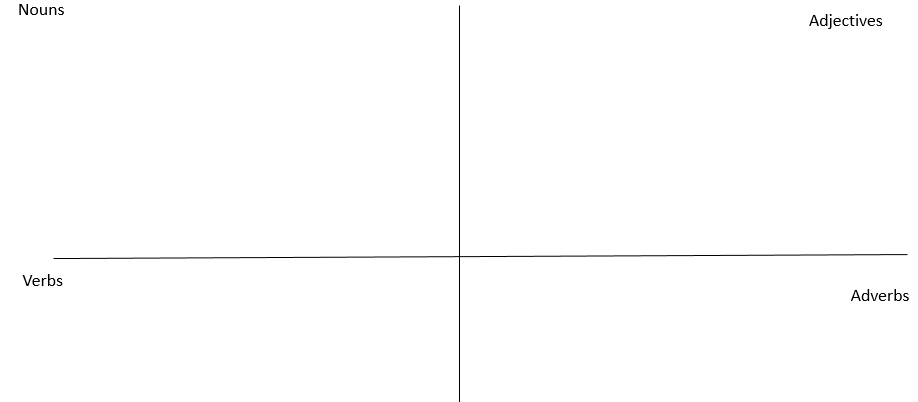
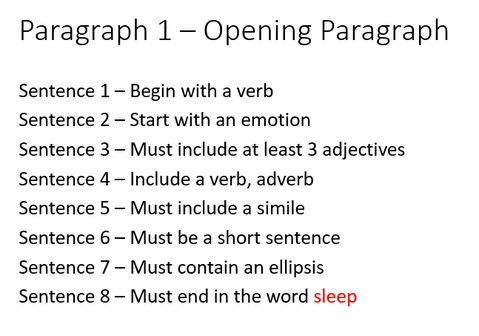
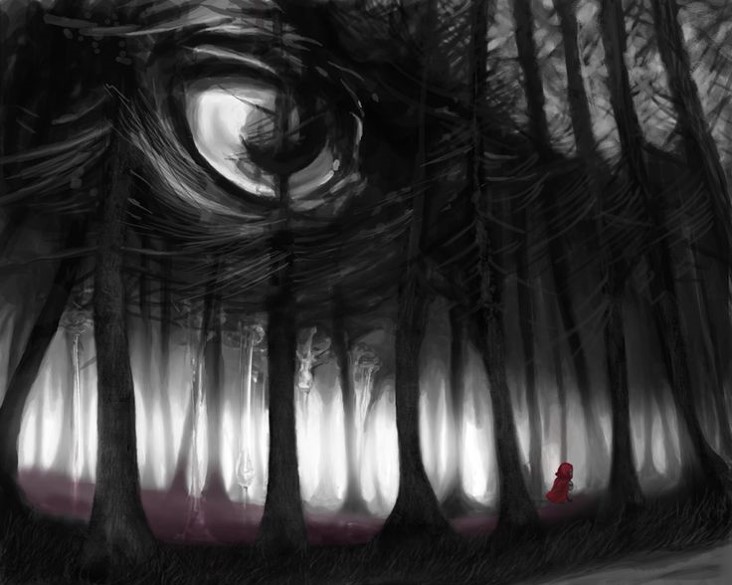
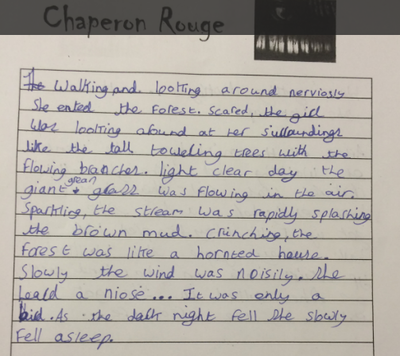
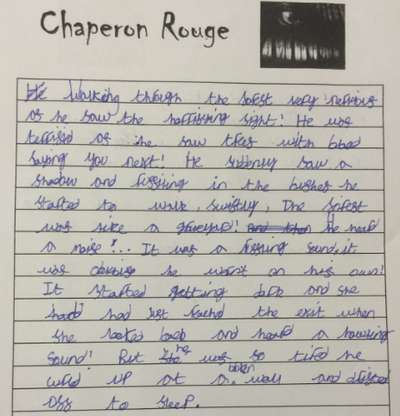
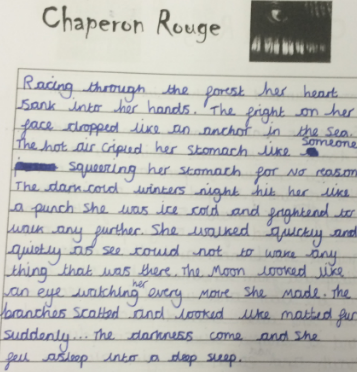
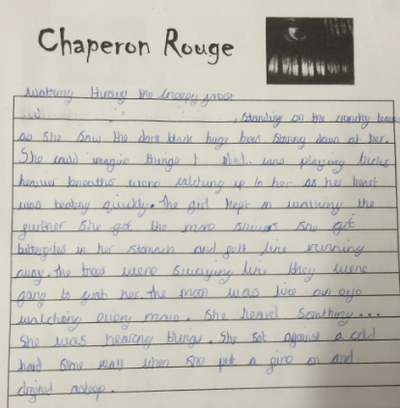
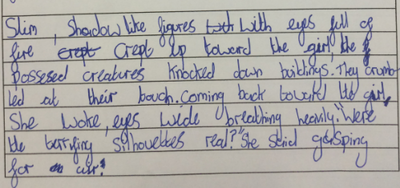
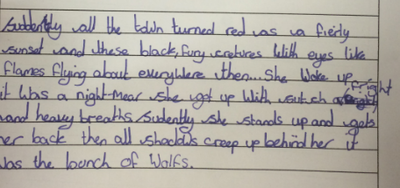
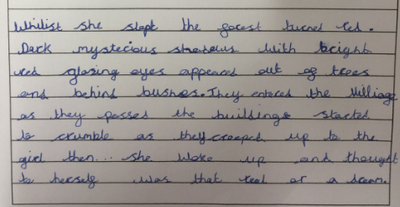
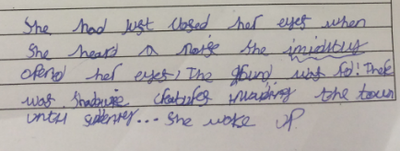
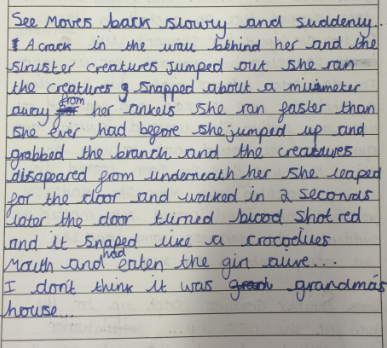
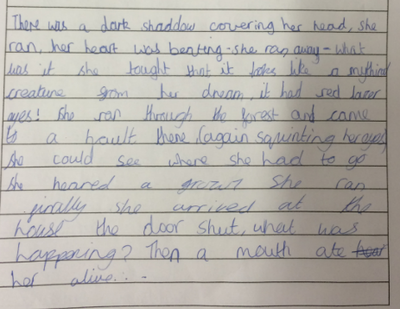
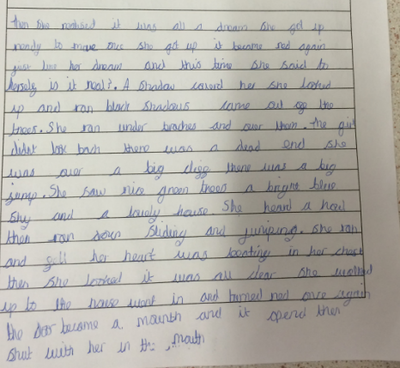
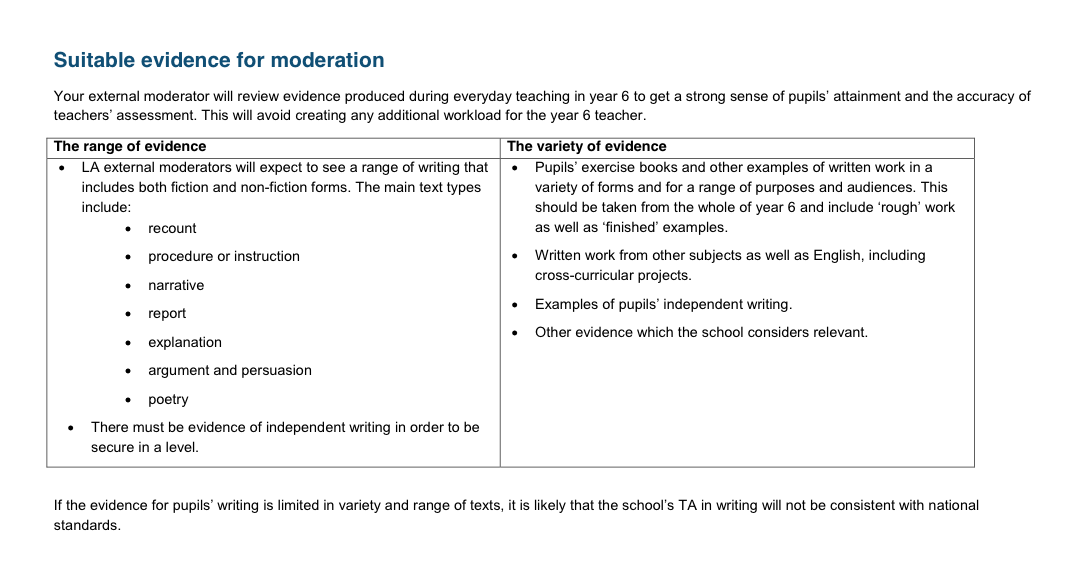

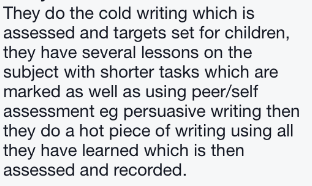
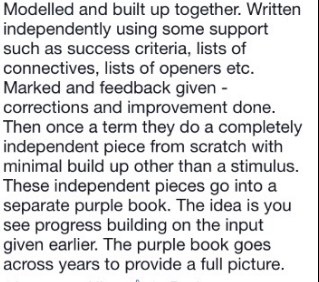
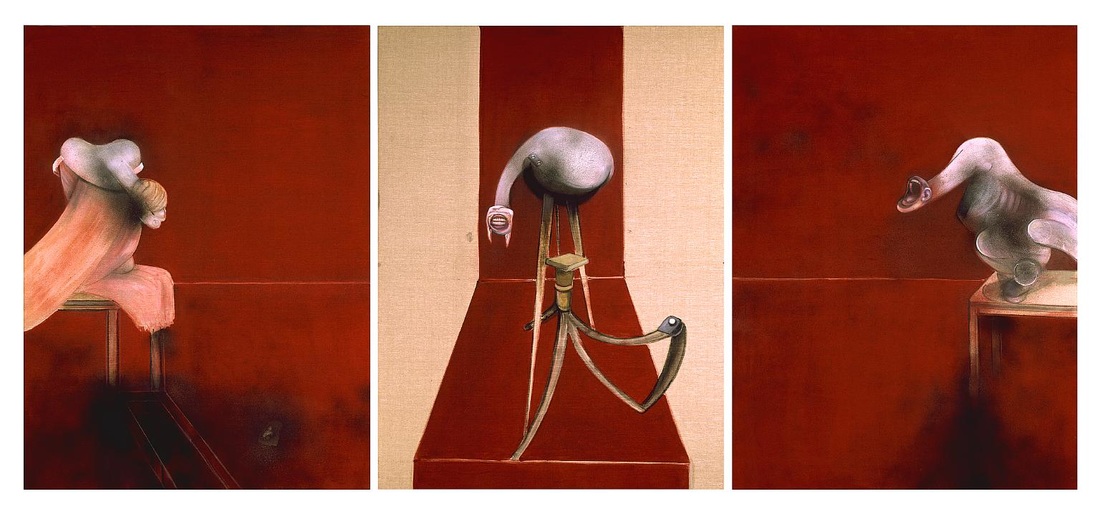
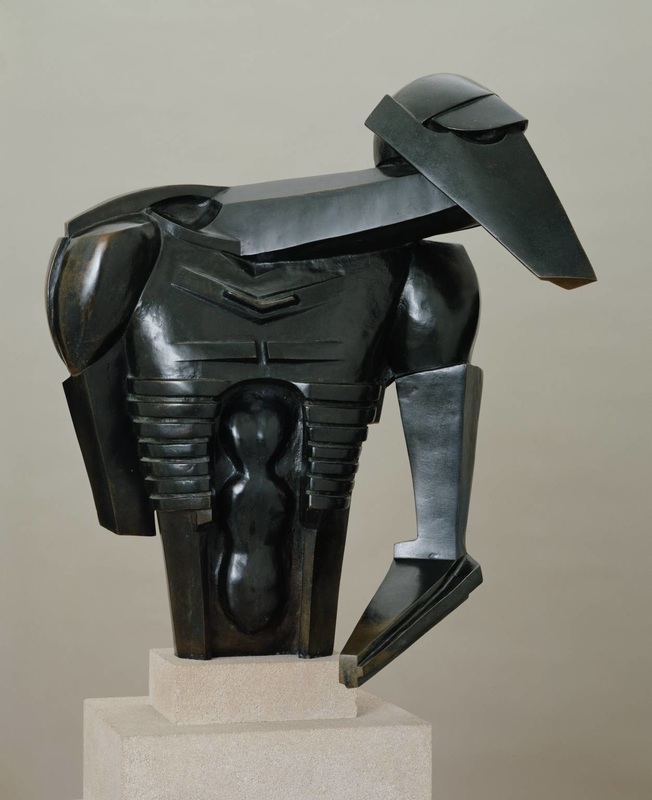
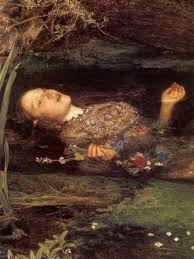
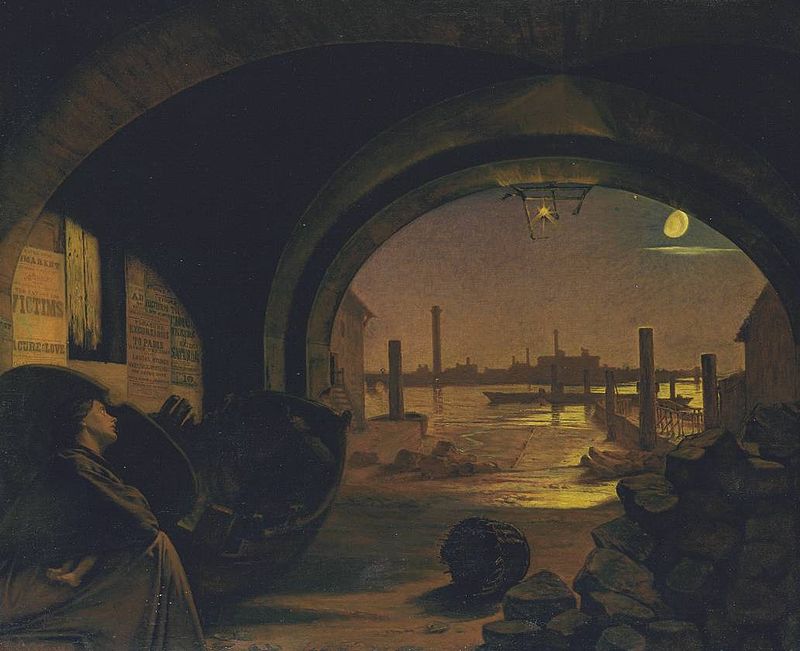
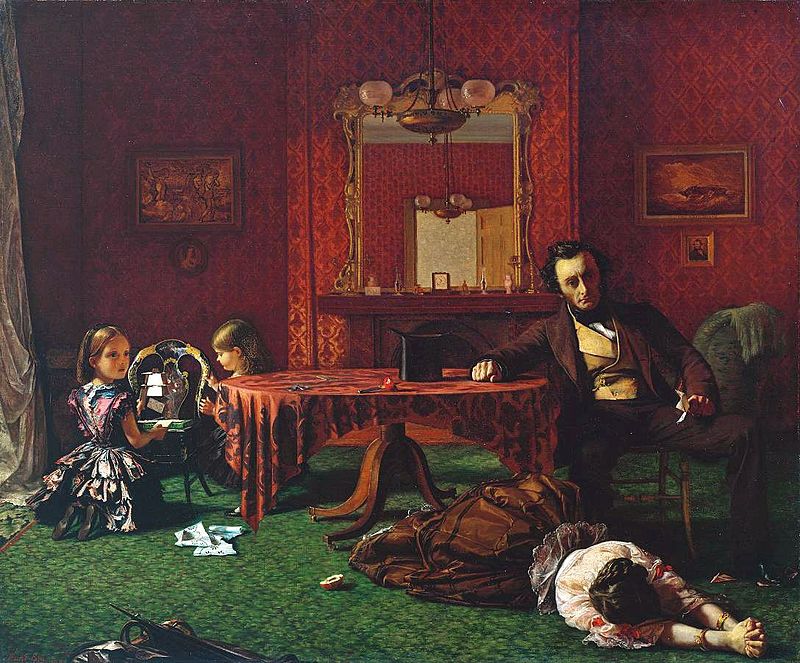
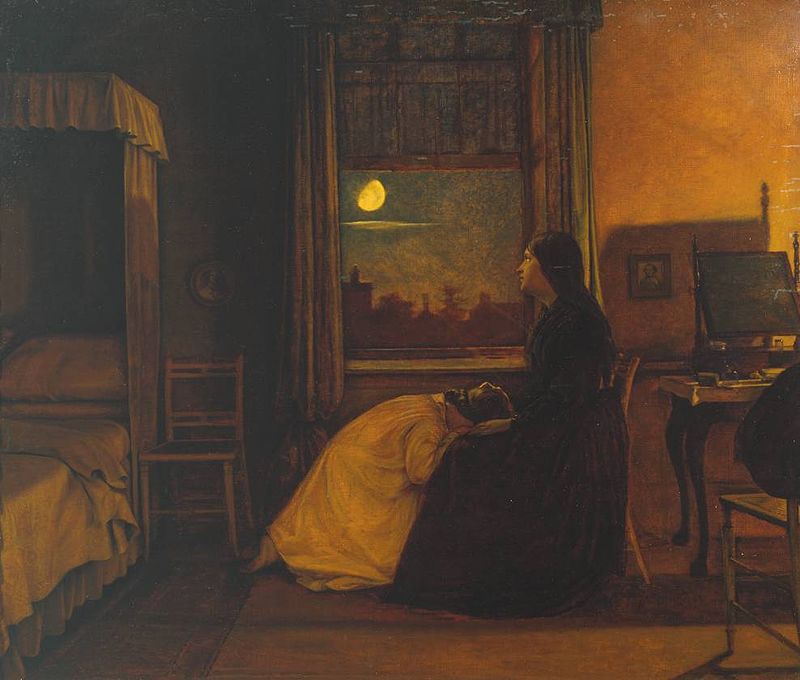
 RSS Feed
RSS Feed
